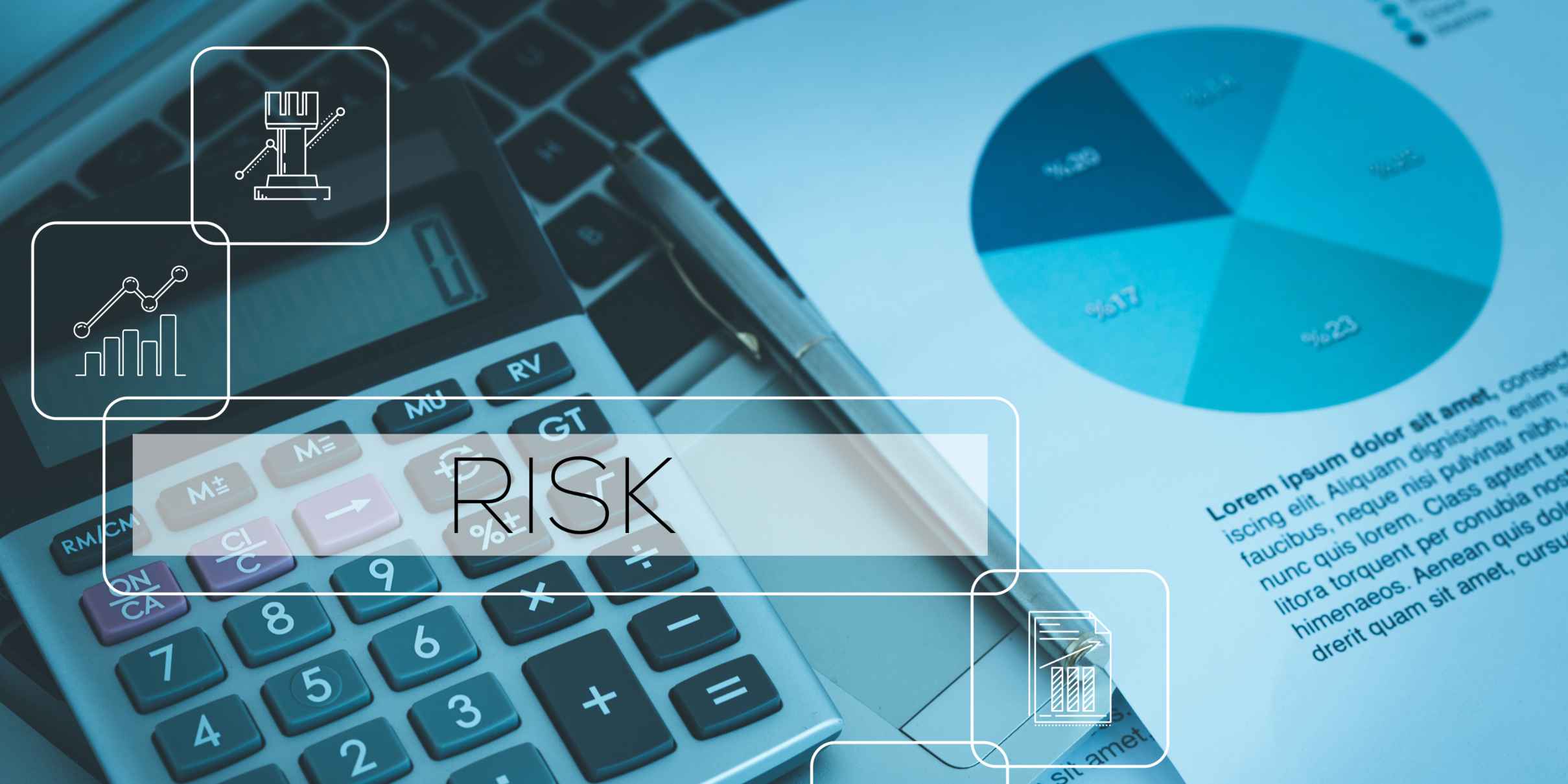Reporting compliance violations involves documenting and notifying appropriate authorities about activities that breach laws, regulations, or organizational policies. The process typically begins with identifying the violation, gathering evidence, and submitting a report through designated channels such as compliance officers, ethics hotlines, or digital reporting platforms. Effective reporting systems protect whistleblowers from retaliation while ensuring thorough investigation and remediation of issues, ultimately strengthening an organization's regulatory compliance posture and ethical culture.
Understanding compliance violations reporting
Compliance violations occur when individuals or organizations fail to adhere to laws, regulations, industry standards, or internal policies designed to govern proper conduct. These infractions can range from minor procedural oversights to serious legal breaches with significant consequences. The reporting of such violations serves as a critical early warning system that helps organizations detect and address issues before they escalate into more serious problems.
Reporting compliance violations matters for several compelling reasons. It helps protect organizations from regulatory penalties, legal liability, and reputational damage. It also safeguards stakeholders, including employees, customers, and the public, from potential harm resulting from non-compliant activities. Furthermore, robust reporting systems demonstrate an organization's commitment to ethical conduct and regulatory compliance.
Organizations benefit from strong reporting systems through increased transparency, improved risk management, and enhanced operational integrity. When employees feel empowered to report concerns without fear of retaliation, organizations can identify and remediate compliance gaps more effectively, fostering a culture of accountability and continuous improvement.
What are the proper channels for reporting compliance violations?
Organizations typically provide multiple channels for reporting compliance violations, allowing individuals to choose the method that best suits their comfort level and the nature of the violation. Designated reporting pathways ensure that concerns are properly documented, routed to appropriate personnel, and addressed in a timely manner.
Internal reporting lines often include direct supervisors or managers as the first point of contact. This approach works well for straightforward issues but may not be appropriate when the violation involves the supervisor or when anonymity is desired. Many organizations also appoint dedicated compliance officers or teams responsible for receiving, investigating, and resolving compliance concerns.
Ethics hotlines and helplines provide confidential channels for reporting violations, typically operated by third parties to ensure independence and confidentiality. These services often allow for anonymous reporting and are accessible 24/7, making them valuable resources for individuals who might otherwise hesitate to come forward.
Digital platforms and web-based reporting tools have become increasingly popular, offering user-friendly interfaces for submitting detailed reports and supporting documentation. These systems can automatically route reports to appropriate personnel, track investigation progress, and maintain comprehensive records of all actions taken.
External regulatory bodies also serve as reporting channels when internal options have been exhausted or when the violation is particularly severe. Industry-specific regulators, government agencies, and law enforcement may accept whistleblower reports and, in some cases, offer rewards for information that leads to successful enforcement actions.
How do you maintain anonymity when reporting violations?
Maintaining anonymity when reporting compliance violations requires specific mechanisms designed to protect reporter identity while still enabling thorough investigation. Confidentiality safeguards are essential for encouraging individuals to report misconduct without fear of exposure or retaliation.
Anonymous reporting mechanisms typically include third-party ethics hotlines, encrypted web portals, or physical drop boxes that allow individuals to submit information without revealing their identity. These systems often generate unique case numbers or codes that enable two-way communication while preserving anonymity, allowing investigators to request additional details without compromising the reporter's identity.
Confidentiality protections extend beyond the initial report to encompass the entire investigation process. This includes limiting access to reporting information on a need-to-know basis, securing physical and electronic records, and training investigators on proper confidentiality protocols. Organizations should establish clear policies that prohibit attempts to discover whistleblower identities and impose consequences for confidentiality breaches.
Technology solutions enable secure, private reporting through features such as encryption, anonymized communication channels, and access controls. Modern GRC platforms incorporate these capabilities while also providing case management tools that document investigations without revealing source identities. Some systems employ advanced techniques like metadata scrubbing to remove identifying information from uploaded documents.
Despite these measures, reporters should understand that perfect anonymity cannot always be guaranteed, particularly when the reported information is highly specific or known to only a few individuals. Organizations should be transparent about these limitations while emphasizing their commitment to protecting reporter identities to the fullest extent possible.
What information should be included in a compliance violation report?
An effective compliance violation report contains detailed, factual information that enables proper assessment and investigation. The report should begin with specific incident details including what happened, when and where it occurred, who was involved, and how the violation took place. This contextual information helps investigators understand the nature and scope of the potential violation.
Documentation is critical to substantiating reported violations. Reporters should provide or identify any available evidence, which might include emails, documents, photographs, video recordings, or system logs. If direct evidence isn't accessible, the report should indicate where such evidence might be found or who might have access to it.
The report should clarify which laws, regulations, policies, or ethical standards appear to have been violated. While reporters aren't expected to be legal experts, providing this context helps investigators properly categorize and address the issue. If possible, the report should explain why the observed behavior constitutes a violation.
Information about any witnesses or other parties with knowledge of the situation should be included, as these individuals may provide additional perspectives or confirmatory evidence. The report should also note any previous reporting attempts or related incidents that might establish patterns of behavior.
Finally, the report should specify any immediate concerns that might require urgent attention, such as ongoing safety risks, impending document destruction, or potential financial losses. This information helps organizations prioritize their response and implement immediate protective measures when necessary.
How are whistleblowers protected after reporting violations?
Whistleblower protection encompasses legal safeguards, organizational policies, and practical measures designed to shield individuals who report violations from negative consequences. Anti-retaliation provisions form the cornerstone of these protections, prohibiting adverse employment actions against those who make good-faith reports of suspected misconduct.
Numerous laws provide whistleblower protections in various contexts. In the UK, the Public Interest Disclosure Act offers protections for workers who report wrongdoing. The EU Whistleblower Protection Directive requires member states to implement comprehensive protections for those reporting breaches of EU law. Similar protections exist in other jurisdictions, often with industry-specific provisions for sectors like finance, healthcare, and transportation.
Organizational policies should explicitly prohibit retaliation in all forms, including termination, demotion, harassment, exclusion, or other adverse actions. These policies should define clear escalation procedures for reporting retaliation and specify consequences for those who engage in retaliatory behavior. Effective policies also establish monitoring mechanisms to detect potential retaliation, such as reviewing performance evaluations or staffing changes affecting whistleblowers.
Practical safeguards might include confidential reporting options, anonymous investigation processes, and limited disclosure of whistleblower identities. Some organizations provide support resources for whistleblowers, including counseling services, legal advice, or designated advocates who can help navigate the reporting and investigation process.
Despite these protections, whistleblowers should document any suspected retaliation and report it promptly through appropriate channels. Organizations with mature ethics programs recognize that how they treat whistleblowers significantly impacts their reporting culture and, ultimately, their ability to detect and address compliance issues effectively.
What happens after a compliance violation is reported?
Once a compliance violation is reported, a structured investigation process typically begins, designed to determine the validity of the allegation and identify appropriate remedial actions. The first step involves preliminary assessment to evaluate the report's credibility, severity, and scope, which helps determine investigation priorities and resource allocation.
If the assessment indicates a potentially valid concern, a formal investigation follows. This process includes gathering evidence, interviewing relevant parties, reviewing documentation, and analyzing applicable regulations or policies. Investigators must maintain objectivity, confidentiality, and thoroughness throughout this stage. Depending on the nature of the violation, investigations may involve internal compliance teams, legal counsel, external specialists, or some combination of these resources.
Upon completion of the investigation, if a violation is confirmed, organizations implement remediation steps tailored to the specific issue. These may include disciplinary actions for responsible individuals, process improvements to prevent recurrence, enhanced monitoring of high-risk areas, or self-disclosure to regulatory authorities when required. The remediation plan should address both the specific violation and any underlying systemic issues that contributed to it.
Throughout the process, case management systems track investigation progress, document findings, and record remedial actions. Appropriate stakeholders receive regular updates, though the level of detail varies based on confidentiality requirements and need-to-know considerations. Many organizations also conduct root cause analyses to identify and address factors that allowed the violation to occur.
Finally, organizations should incorporate lessons learned into their compliance programs through policy updates, training enhancements, or control improvements. This continuous improvement approach transforms individual reports into opportunities for organizational learning and compliance program strengthening.
How can organizations improve their compliance reporting systems?
Enhancing compliance reporting effectiveness requires a multifaceted approach that combines technology, culture, and processes. Implementing a comprehensive GRC platform that centralizes reporting functions, automates workflows, and provides real-time analytics can significantly improve reporting efficiency and effectiveness. These systems should offer multiple reporting channels, support anonymous submissions, and include case management capabilities that ensure proper investigation and resolution tracking.
Developing a speak-up culture is equally important, as even the best reporting systems will be ineffective if employees are reluctant to use them. Organizations should promote awareness of reporting channels through regular communication, incorporate reporting procedures into training programs, and publicly recognize (while maintaining confidentiality) the value that reports bring to the organization. Leaders should visibly demonstrate their commitment to addressing reported issues and protecting those who raise concerns.
Regular training for all employees on how to recognize and report potential violations helps create a vigilant workforce. This training should clarify what constitutes a reportable issue, explain available reporting options, and address common concerns about the reporting process. More specialized training for managers should emphasize their responsibility to encourage reporting and respond appropriately to concerns raised by their team members.
Integration of reporting mechanisms with broader governance frameworks ensures that reported information flows into risk management processes, audit planning, and compliance program assessments. This integration helps organizations identify emerging risk areas, allocate compliance resources effectively, and demonstrate program effectiveness to regulators and other stakeholders.
Finally, organizations should regularly evaluate reporting system effectiveness through metrics such as reporting volumes, investigation timeliness, substantiation rates, and reporter satisfaction. Anonymous surveys can gather feedback on perceived barriers to reporting, while benchmarking against peer organizations helps identify opportunities for improvement.
Key takeaways for effective compliance violation reporting
Successful compliance violation reporting depends on having clear, accessible processes that employees understand and trust. Organizations must establish multiple reporting channels that accommodate different preferences and situations, ensuring that barriers to reporting are minimized. These channels should be well-publicized, easy to use, and available to all stakeholders, including employees, contractors, customers, and suppliers.
Confidentiality and anti-retaliation protections form the foundation of effective reporting systems. Without these safeguards, potential reporters may remain silent, allowing violations to continue unchecked. Organizations should not only establish these protections but also demonstrate their commitment through consistent enforcement and visible support for those who raise concerns.
Timely, thorough investigations show reporters that their concerns are taken seriously. Organizations should establish investigation protocols that balance thoroughness with efficiency, ensuring that issues are addressed promptly while maintaining procedural fairness. Where appropriate, reporters should receive updates on investigation progress and outcomes, reinforcing the value of their contribution.
Technology solutions increasingly play a crucial role in modern compliance management. Our GRC platform at Cerrix enables organizations to centralize risk data, automate compliance processes, and maintain comprehensive audit trails. By moving from spreadsheet-based workflows to integrated systems, organizations gain real-time insights that support strategic decision-making and demonstrate regulatory compliance.
Above all, effective compliance violation reporting requires ongoing commitment and continuous improvement. By regularly evaluating and enhancing their reporting systems, organizations can build cultures where compliance concerns are readily identified and addressed, ultimately strengthening operational integrity and regulatory compliance. For personalized guidance on implementing robust reporting systems, contact our team today.
Spreadsheets vs. GRC Tools: Elevating Risk & Compliance Management
Accessible popup
Welcome to Finsweet's accessible modal component for Webflow Libraries. This modal uses custom code to open and close. It is accessible through custom attributes and custom JavaScript added in the embed block of the component. If you're interested in how this is built, check out the Attributes documentation page for this modal component.


.jpg)
%20(1).jpg)
.jpg)
.jpg)
.jpg)
.jpg)
%20(1).jpg)
.jpg)
%20(1).jpg)
.jpg)
.jpg)

.jpg)
.jpg)





.jpg)

%20(2).jpg)
















%20(1)%20(2).jpg)





.jpg)

.png)
.jpg)






%20(1).avif)



